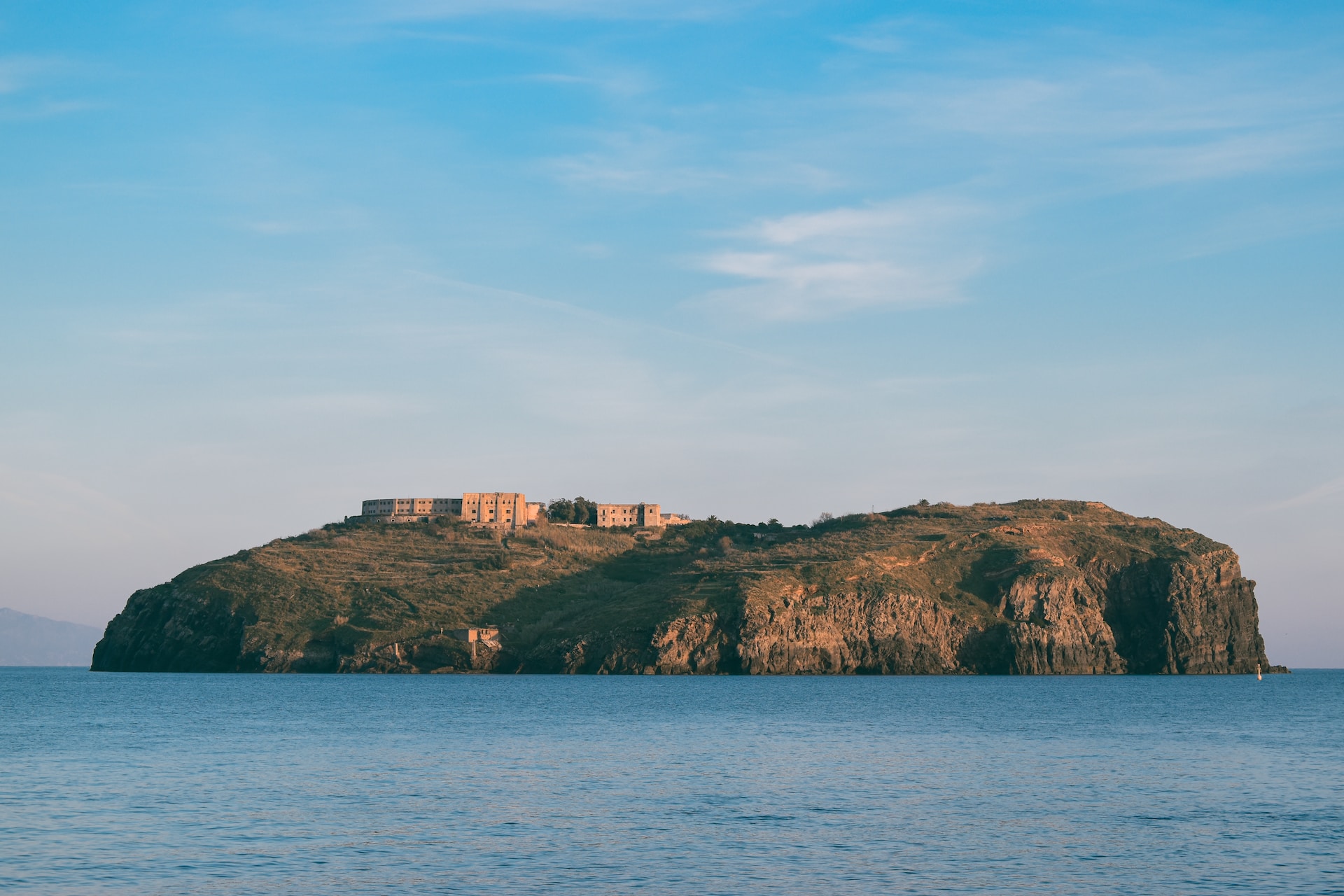In this study, the value of natural capital in the marine protected area “Ventotene and S. Stefano Islands” (central Italy) was assessed by applying a biophysical and trophodynamic environmental accounting model based on emergy accounting. The value of natural capital was estimated for the main habitats of the protected area in terms of the work done by the biosphere for their generation and maintenance. Both autotrophic and heterotrophic natural capital were assessed. The habitat “Posidonia oceanica seagrass bed” showed the highest emergence density value of 4.26×10^11 sej m ^- 2 when investigating autotrophic natural capital. The cyophilic hard bottom habitat (coralligenous) showed the highest emergence density value of 2.76×10^12 sej m^- 2 when investigating heterotrophic natural capital.
The high emergence cost of coral formations confirmed the importance of this habitat, which represents one of the most important hotspots of species diversity in the Mediterranean Sea. The total emergence value of the natural capital of the area was converted into monetary units using the emergence-to-money ratio for Italy, which resulted in 8.26 million euros. Finally, a GIS tool was used to show the spatial distribution of natural capital values in relation to the different habitats.
The results of this study highlighted the usefulness of the applied biophysical and trophodynamic environmental accounting model to explore the ecological value of natural capital in marine ecosystems, while supporting local managers and policy makers for the sustainable development of MPAs.

- Unsplash.com
Natural capital accounting in marine protected areas: The case of the Islands of Ventotene and S. Stefano (Central Italy)
Main author
Year
Labels
- natural capital accounting
- marine protected area

